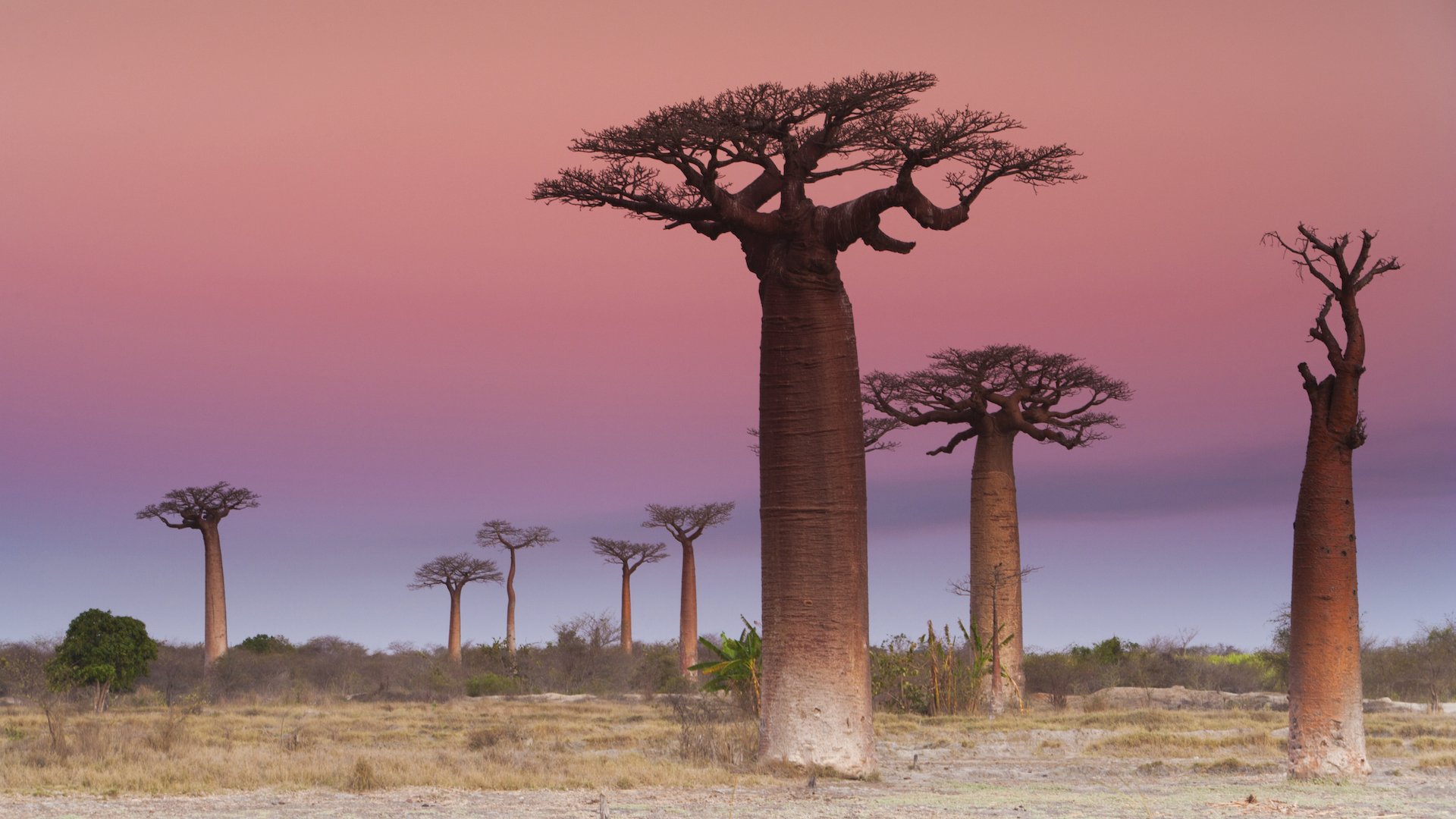The baobab tree, often referred to as the “upside-down tree,” is one of Africa’s most iconic and fascinating plants. Known for its massive trunk and distinctive silhouette, the baobab has long captured the imagination of locals and travelers alike. Recent studies have unveiled some bizarre and intriguing aspects of the evolutionary roots of these extraordinary trees, shedding light on their unique adaptations and ecological significance.
These trees can live for over a thousand years, and their longevity has made them symbols of resilience and endurance in African culture. The baobab’s unique morphology not only serves as a water reservoir but also provides shelter for various animals, including birds, insects, and mammals.
Baobab trees play a crucial role in their ecosystems. Their fruits are rich in vitamin C and are an important food source for both humans and wildlife. The flowers of the baobab bloom at night and are pollinated by bats, highlighting the intricate relationships between species in their environment.
Furthermore, baobabs serve as natural water sources. During dry spells, animals and humans alike rely on the water stored within their trunks. This makes the trees essential for the survival of many species, especially in arid regions.